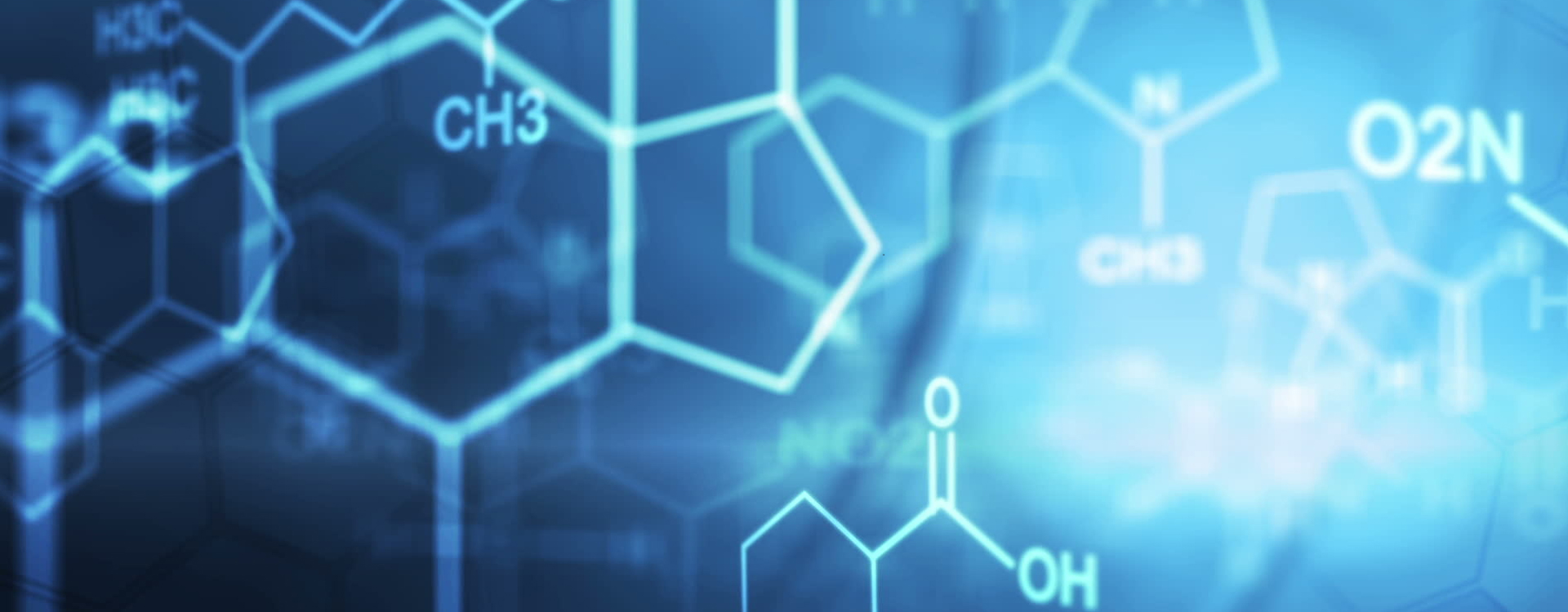Seminar Details
An imminent threat of heightened environmental pollution due to expanding and the rise of modern industries. Among the most pressing issues is water contamination from diverse pollutants, highlighting an urgent need for sustainable freshwater resources. This imperative has sparked significant interest in developing various methods to address these challenges. Among the many approaches used for environmental remediation, visible light-responsive photocatalysis based on semiconductors has received extensive interest as a potential green instrument for effectively degrading contaminants into sustainable benefits. Consequently, the goal of this thesis is to explore the synthesis and photocatalytic use of various composite photocatalysts based on graphitic carbon nitride, which may be used for photocatalytic environmental remediation triggered by visible light (sunlight). These g-C3N4 matters are then combined with different semiconductors, to form binary hybrid heterostructures. These heterostructures are very well suited for environmental redemption due to their improved photoelectrochemical properties and increased optical absorption. The research focuses on developing several binary hybrid nanocatalysts: g-C3N4/ZrO2 (CZ) composed of spherical zirconium oxide nanoparticles on g-C3N4, g-C3N4/CuS (CS) featuring hexagonal copper sulfide nanoplates, and g-C3N4/BiOBr (BCN) with round-shaped bismuth oxy bromide nanoplates. These nanocatalysts are designed for efficient photocatalytic degradation of persistent organic and inorganic contaminants such as Cr(VI), methyl orange, methylene blue, and rhodamine B in aqueous solutions under sunlight exposure. In summary, the research on g-C3N4-based nanohybrid matters in this dissertation opens promising avenues for efficient nanocatalysis in the field of photocatalytic environmental remediation technologies. These advancements contribute in developing sustainable solutions to mitigate water pollution, ensuring a cleaner and healthier environment for the future.


